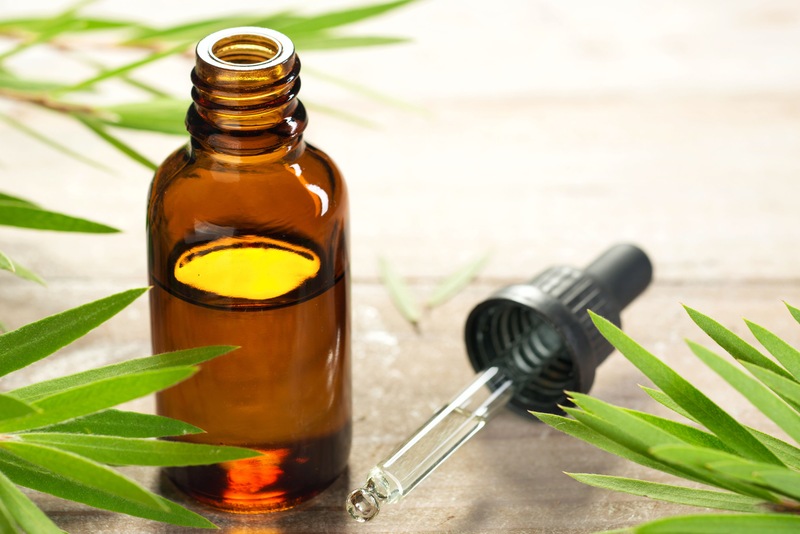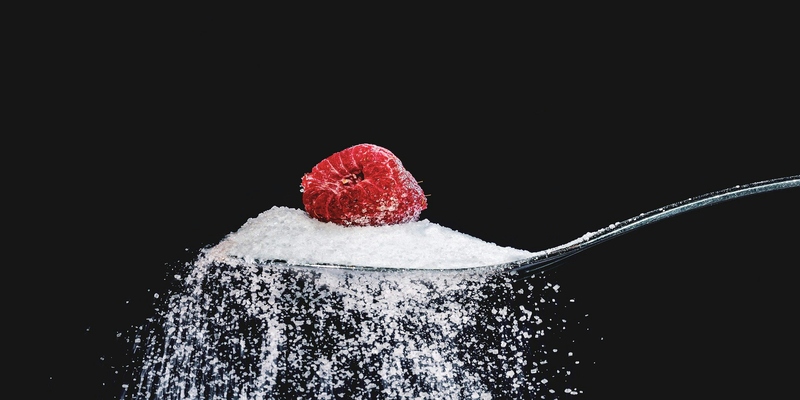Acne, a prevalent skin condition, affects various body parts without discrimination. It can even manifest on the back. Understanding the causative factors of body acne proves crucial for both effective treatment and prevention strategies. Whether one grapples with sporadic breakouts or enduring concerns, this exhaustive guide investigates root causes, providing invaluable insights into therapies and tactics to prevent acne.
Causes of Back and Body Acne
Hormonal Imbalances
Hormonal imbalances act as a primary cause of body acne, particularly back acne. Hormones fundamentally regulate the skin's oil production. When hormonal fluctuations transpire, overactivity in sebaceous glands may ensue, resulting in heightened secretion of oil. Excess oil, when combined with dead skin cells, forms a breeding ground for bacteria that cause acne.
Genetics
An individual's susceptibility to body acne significantly hinges on genetics. If your parents or close relatives have a history of acne, there is an increased likelihood of its development. Understanding your genetic predisposition aids in tailoring an approach toward effective management and prevention of back acne.
Environmental Factors
Environmental factors, in addition to genetics and hormones, may contribute to the development of back acne. Sweat, particularly under hot, humid conditions, can clog pores. This exacerbates acne. Furthermore, tight clothing combined with friction against the skin can also foster the formation of lesions on the back.
Impact of Diet
Certain dietary factors, such as high intakes of refined sugars and processed foods, can contribute to breakouts due to their potential for increasing inflammation. The relationship between diet and acne is complex. However, by adopting a balanced, nutrient-rich diet one may positively influence skin health and prevent back acne.
Stress
Modern life commonly and often unavoidably incorporates stress, which profoundly impacts skin health. The body, under stress, releases hormones such as cortisol. These can stimulate the skin's oil production. Increased inflammation combined with elevated oil production creates a conducive environment for acne development.

By managing stress through the application of relaxation techniques and mindfulness, one can potentially enhance their skin health.
Poor Skincare Habits
Back and body acne formation can stem from improper skincare habits. Skin irritation and acne exacerbation may occur when one uses harsh or comedogenic (pore-clogging) products.
Moreover, neglecting regular skin cleansing permits the accumulation of dirt, oil, and dead skin cells. This leads to clogged pores causing breakouts.
Occupational Factors
Environmental conditions that contribute to back and body acne may affect individuals in certain occupations. The risk of acne increases for those with jobs necessitating prolonged periods of sweating, exposure to pollutants, or contact with irritating substances.
However, individuals can mitigate these occupational factors by taking proactive measures such as promptly changing out of sweaty clothing and using protective gear.
Medications
Acne may manifest as a side effect of certain medications, steroids, specific anticonvulsants, and lithium. If you suspect your skin's reaction to a medication, you must consult with your healthcare provider. They can explore alternative options or adjust the current treatment plan accordingly.
Our understanding of the body and back acne, when we incorporate these additional causes, gains reinforcement. It highlights the skin condition's multifaceted nature. To manage and prevent back and body acne effectively for clear and healthy skin, tailoring a comprehensive approach that addresses these various factors is imperative.
Effective Treatments for Body and Back Acne
Having explored the causes, we will now delve into effective treatments for back and body acne. These strategies target the root causes of acne and promote clearer, healthier skin.
Topical Treatments for Back Acne
Dermatologists widely employ topical treatments that contain ingredients such as salicylic acid and benzoyl peroxide to treat back acne.
These compounds play a crucial role in unclogging pores, diminishing inflammation, and annihilating bacteria responsible for causing acne. Consistent application of these treatments effectively mitigates the severity of back acne.
Prescription Medications
Dermatologists may prescribe oral medications such as antibiotics or hormonal treatments for more severe cases of body acne, including back acne. These internal drugs target the root causes of acne and often offer significant relief to individuals suffering from persistent or severe conditions.
Additional treatments and practices to consider in providing comprehensive care for back and body acne include: incorporating a holistic approach that combines various strategies; and utilizing effective topical treatments and prescription medication:
1. Tea Tree Oil for Natural Treatment
Known for its antimicrobial properties, we recognize tea tree oil as a natural remedy. Diluted and applied to areas prone to acne, it reduces inflammation and fights off bacteria that cause acne.

To prevent skin irritation, one must incorporate carrier oil into the mixture with tea tree oil. Performing a patch test first to ensure skin compatibility is advisable, as this remedy can prove effective.
2. Incorporate Alpha Hydroxy Acids (AHAs) into Skincare
Glycolic acid and lactic acid, both alpha hydroxy acids, act as exfoliating agents that eliminate dead skin cells. They also unclog pores and stimulate cell turnover.
You can prevent or manage back and body acne by integrating AHAs into your skincare routine. Various forms such as cleansers, toners, and serums contain these acids.
3. Light Therapy for Acne
Blue and red-light therapy, a form of phototherapy, promises effective acne treatment. The blue light focuses on eliminating bacteria that cause acne. Meanwhile, the red light diminishes inflammation.
Dermatologists can administer this type of light therapy in their offices or individuals may use specialized at-home devices designed specifically for acne treatment. Following guidelines and recommendations. This is essential for ensuring not only safety but also effectiveness.
4. Clay Masks for Oil Absorption
Particularly clay masks containing ingredients such as kaolin or bentonite clay, facilitate the absorption of excess oil from the skin. By applying a weekly back and body mask made with clay; one can manage oiliness, prevent pore congestion, and decrease the likelihood of acne breakouts.
7. Dietary Supplements for Skin Health
Omega-3 fatty acids, zinc, and vitamin A are certain dietary supplements that research links to improved skin health. Before you incorporate any of these into your routine, a word of caution is necessary.
Consult with a healthcare professional. Remember, excessive intake can precipitate adverse effects! Promoting overall skin wellness hinges fundamentally on maintaining a balanced diet replete with nutrient-rich foods.
8. Regular Professional Dermatological Treatments
If you seek professional dermatological treatments like microdermabrasion or laser therapy, these can offer targeted solutions for back and body acne. Your specific needs, your skin's condition in particular, will be assessed by a dermatologist. They will then recommend personalized treatments, all to effectively address your concerns related to acne.
You can enhance the effectiveness of your acne management plan by incorporating a combination of these treatments into your skincare routine. To achieve lasting results, you must holistically approach acne treatment. Consider lifestyle factors, evaluate skincare habits, and cater to individual skin needs
Conclusion
Understanding the causes of body acne and back acne proves integral to formulating effective treatment and prevention strategies. Hormonal imbalances, genetics, environmental factors, and lifestyle choices all contribute significantly to its development.
Through implementing targeted treatments and adopting healthy skincare habits, one can not only achieve but also sustain clear and healthy skin on their back. In the journey to achieve acne-free skin, remember, that consistency is paramount.







